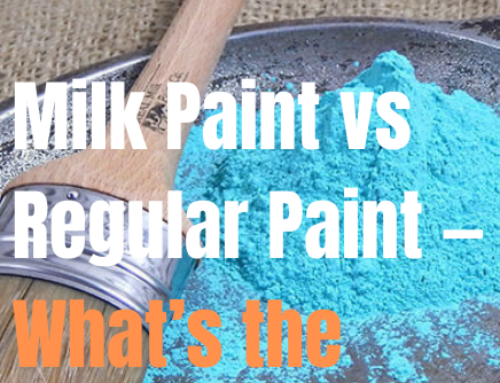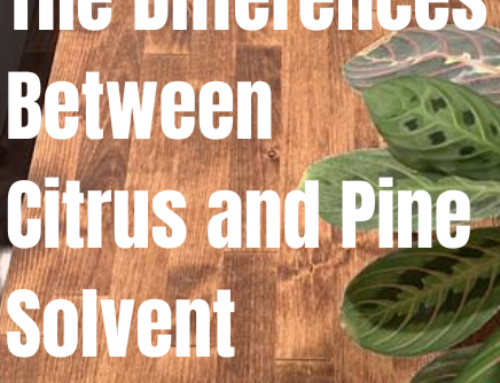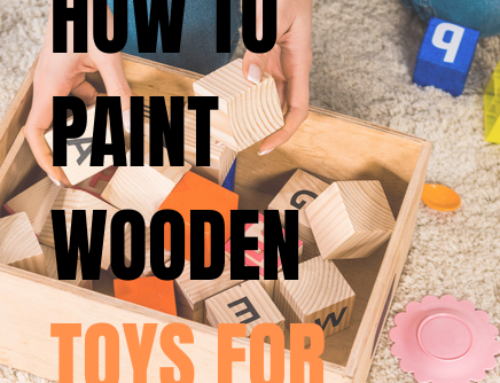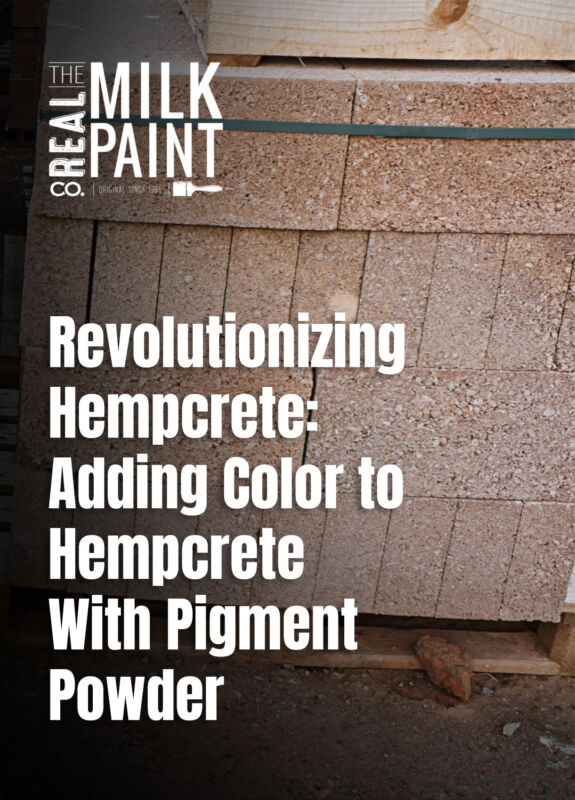 With sustainable construction, the name of the game for today’s eco-conscious builders, hempcrete remains an attractive choice for those who want environmentally friendly materials with top-notch aesthetic results. Adding color to hempcrete, however, often proves difficult without adding it to a lime render or plaster. That’s because the technology behind this building material is new in the 21st century — despite being used intermittently since ancient times. Let’s look at how powder pigments change the game and help you take your hempcrete projects to the next level by simplifying the process of crafting vibrant blocks that suit your chosen palette.
With sustainable construction, the name of the game for today’s eco-conscious builders, hempcrete remains an attractive choice for those who want environmentally friendly materials with top-notch aesthetic results. Adding color to hempcrete, however, often proves difficult without adding it to a lime render or plaster. That’s because the technology behind this building material is new in the 21st century — despite being used intermittently since ancient times. Let’s look at how powder pigments change the game and help you take your hempcrete projects to the next level by simplifying the process of crafting vibrant blocks that suit your chosen palette.
Understanding Hempcrete and Pigment Powder
When you want a solid yet sustainable building material tough enough to stand the test of time, hempcrete is the way to go. Likewise, if you want an enduring color that checks off all the boxes regarding environmental friendliness for your hempcrete walls, Real Milk Paint Co.’s powdered pigments have you covered. Let’s explore how combining these two super-sustainable materials can boost the green profile of your next construction project while conferring numerous other advantages, including attractive aesthetics.
What Is Hempcrete?
Hempcrete combines hemp plant fiber, lime-based binders, and water. This all-natural building material is strong enough to hold up interior walls. Naturally, it repels pests and mold, reducing the need for harsh pesticides and chemicals in your living and work spaces. Also, because hempcrete walls are porous, moisture is easily allowed for a breathable home design with well-regulated humidity. A hempcrete finish usually means adding lime render or plaster to the surface after construction, waiting for curing to finish and then painting the surface.
The Magic of Pigment Powder
Made from natural pigments, Real Milk Paint Co. provides vibrant pigment powders that you can mix with your desired medium to add color to your world. This all-natural formulation contains no volatile organic compounds (VOCs), so you can use it safely in virtually any space with low odors before and after drying, and it dries quickly to speed up project completion times.
Why Combine Them?
Real Milk Paint is often the choice medium for painting hempcrete after it cures due to the similarity of materials and sustainability of both products. However, mixing hempcrete with pigment powder during the molding process can save those extra steps and result in faster completion times. Both hempcrete and pigment powder are water-soluble, making them a breeze to combine when making your blocks for building projects. Cutting out the curing step lets you easily achieve the depth of color you desire for your hempcrete wall or surface without adding multiple coats of paint.
Preparing to Color Your Hempcrete
When preparing to add color to hempcrete, consider how you want to do that. For instance, if you want to create blocks for later assembly in smaller projects like interior walls set at waist height, you can add pigment powder directly to the hempcrete wall mixture. On the other hand, if you want to use hempcrete to bolster insulation inside walls, you’re finishing with a lime render or plaster. You can add Real Milk Paint Co.’s powder pigments to the hempcrete finish before applying it or paint it with the medium using standard directions.
Choosing the Right Pigment Powder
The best powder pigment has the best track record for dependability and ease of use, and that’s why you need Real Milk Paint Co.’s pigment powder in your life. Formulated with all-natural ingredients and no radioactive fillers or VOCs, this pigment works well in homes with kids and pets where nontoxic mediums are imperative. The brilliant natural pigments used to color your hempcrete give you a range of beautiful shades to help you sustainably personalize your space.
Tools and Materials Needed
The first step of adding color to hempcrete is gathering all the tools and materials you need for your project. First, you need either the raw materials for mixing hempcrete or a premade hempcrete mix, plus the powder pigment colors you selected. You also need ample water for the mixture and something to mix the ingredients with, such as a handheld plaster stirrer or a mechanical concrete mixer. Once you have everything you need to mix your building material, use the guide below to introduce color via Real Milk Paint Co.’s pigment powder.
A Step-by-Step Guide to Adding Color to Hempcrete
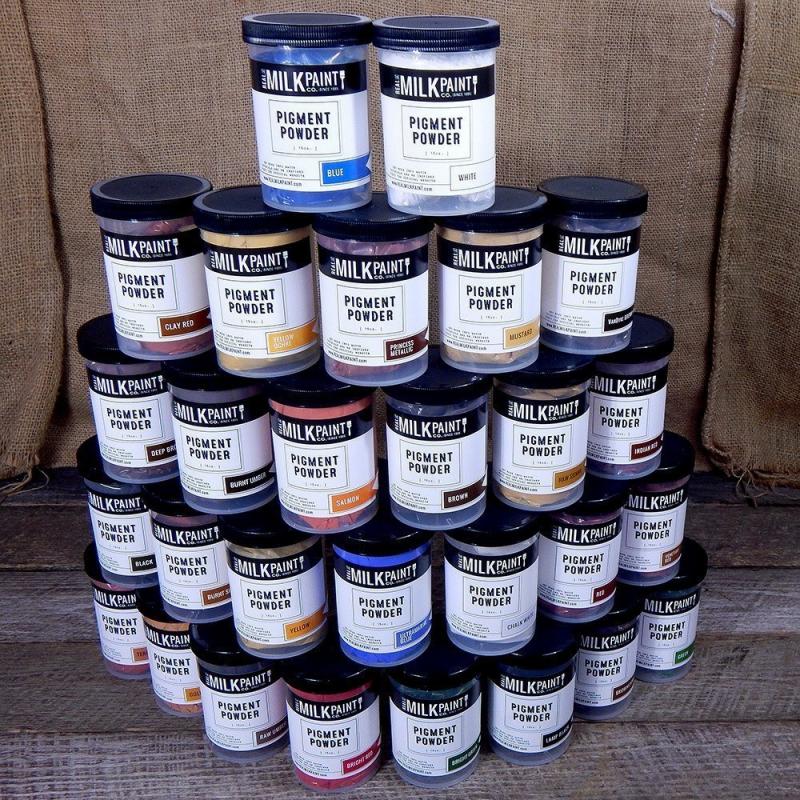 Sustainable materials like hempcrete and pigment powders are at the forefront of green building tech, offering innovative solutions that help you feel good about your DIY projects. This step-by-step guide walks you through all the possibilities of mixing these two exciting emerging technologies based on ancient knowledge and how their happy marriage can be a game-changer when you want a more vibrant aesthetic. Let’s explore all the ways you can achieve seamless integration between the two materials for structurally strong yet visually pleasing hempcrete walls.
Sustainable materials like hempcrete and pigment powders are at the forefront of green building tech, offering innovative solutions that help you feel good about your DIY projects. This step-by-step guide walks you through all the possibilities of mixing these two exciting emerging technologies based on ancient knowledge and how their happy marriage can be a game-changer when you want a more vibrant aesthetic. Let’s explore all the ways you can achieve seamless integration between the two materials for structurally strong yet visually pleasing hempcrete walls.
Mixing Real Milk Paint Co.’s Pigment Powder With Hempcrete
Because both pigment powder and hempcrete are made by adding water, they’re a match made in heaven. First, test your ratios by mixing a small amount of hempcrete mix with your pigment powder, noting how much pigment the mixture requires to retain the desired color. For example, if you’re using darker hues like black that mesh well with the dark gray color of hempcrete, you likely need less powder to achieve the desired look. Lighter and brighter hues, such as Burnt Umber and Raw Sienna, may require the addition of White pigment powder to get the correct visual effect.
Application Techniques
While pigment powders work excellently and provide complementary ingredients to your hempcrete mix, sometimes you want a brighter color with no extra frills. That’s where the Real Milk Paint Co.’s milk paint comes in to help. These paints come in the same shades as our pigments. Still, they offer extra depth and intensity to your creative process and make it easier to experiment with mixing customized colors when your hempcrete wall or surface project needs a one-of-a-kind finish.
Drying and Curing Process
Remember that hempcrete takes roughly 24 to 48 hours to dry but must still be ready for prime time. Reaching its optimal strength over weeks and months over just days, hempcrete generally cures to excellent durability within 28 days if you mix it at the right consistency. Other factors that influence the drying and curing process are how moist the initial mixture was, the environment in which you built your hempcrete wall and the hempcrete finish you used. For the best results, check your hempcrete finish often during the first month and repair any cracks that appear to maintain strength and durability.
Maintenance and Care
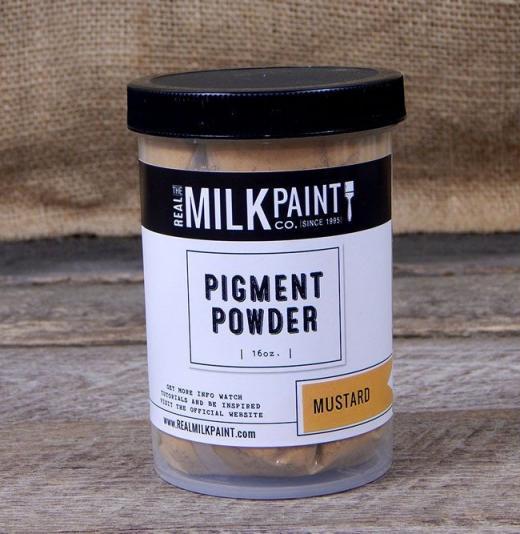
Maintaining hempcrete surfaces means more than just watching out for and fixing cracks and gaps; it also means monitoring the moisture levels to see if you need to add more vapor-permeable sealant. A quick vacuuming with a soft brush attachment simplifies removing dirt and debris from a hempcrete wall while avoiding harsh cleaners that may not be suitable for the material. And though hempcrete is strong, do your best to shield the material from bumps and abrasions, especially during curing.
Select the Right Pigment Powder to Color Hempcrete From Real Milk Paint
Whether you want to spruce up interior walls with a sustainable building solution or mix up your medium for arts and crafts projects, a mix of hempcrete and Real Milk Paint powder pigments helps you complete the task in gorgeous color. Both boast sustainable formulations that help you do your part for the environment and have low to no odors during creation and curing. Try out Real Milk Paint Co.’s powder pigments today to boost the beauty of your home, indoors and out, while reducing your carbon footprint with cutting-edge materials like hempcrete.
